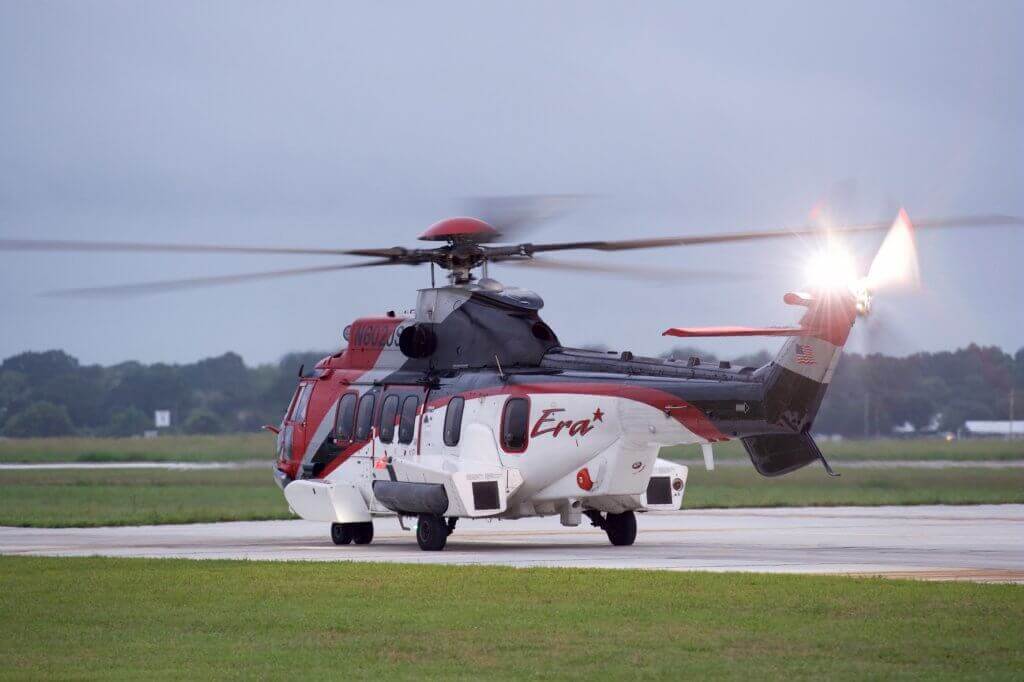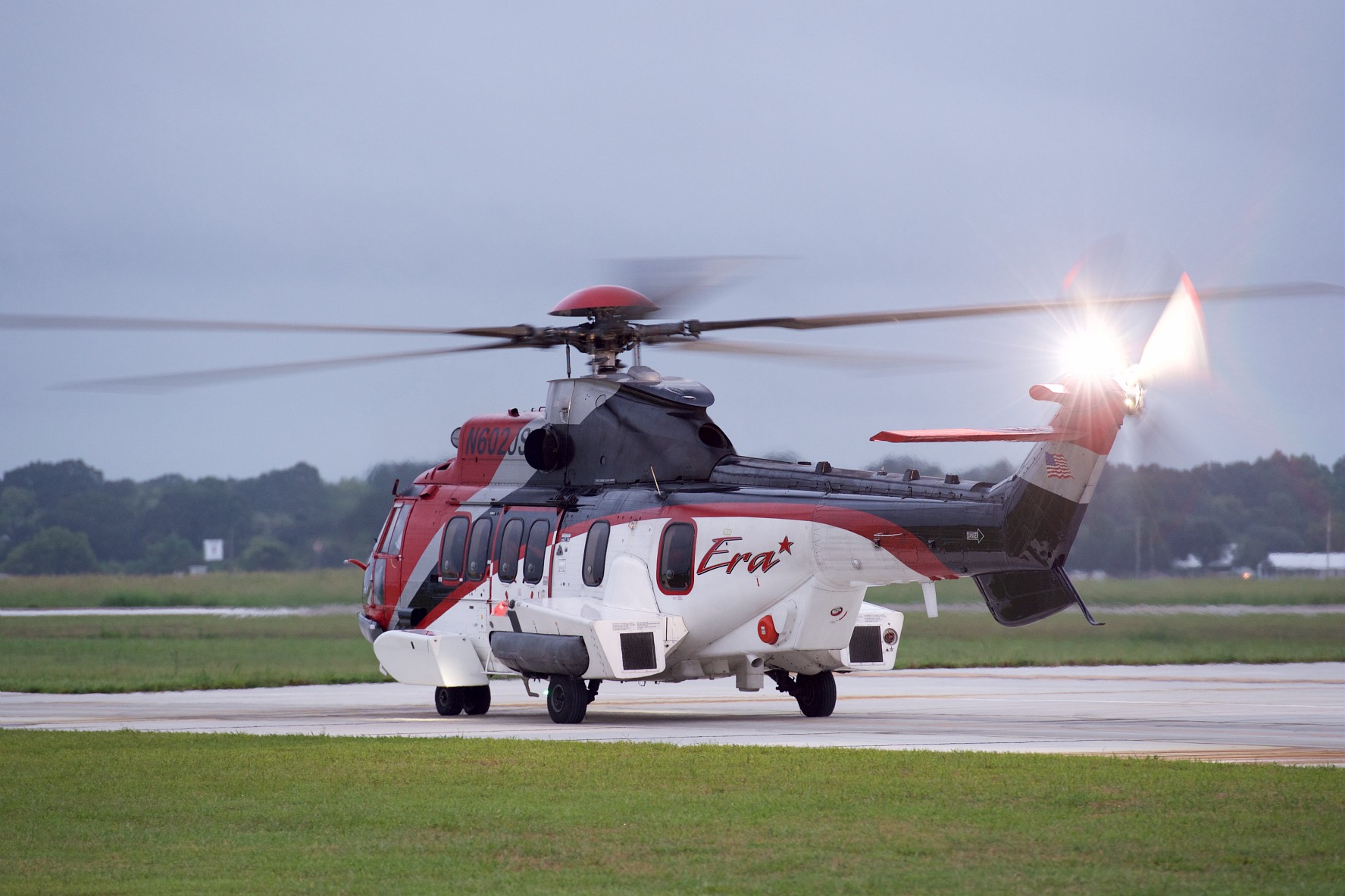The European Aviation Safety Agency (EASA) has this week issued an emergency airworthiness directive (AD) for the Airbus Helicopters H225 (also known as the EC225 LP in the Super Puma family). It appears not to be linked to the main gearbox problems that have plagued Super Pumas since 2009, the latest causing a fatal crash in April 2016. Nevertheless, it adds weight on Airbus’ shoulders as the aircraft’s return to operations has been slow since October 2016.

Airbus Helicopters has determined that the control rod attachment yokes of the main rotor’s swashplate are susceptible to crack development, EASA said. Due to aging, the phenomenon could lead to structural failure of a yoke, “possibly resulting in loss of control of the helicopter.” Airbus has therefore issued an emergency alert service bulletin, which EASA is referring to in its emergency AD.
For those swashplates more than seven years old, strict inspections must be implemented. The interval between two inspections should not exceed 15 flight hours or seven days, whichever comes first. Then, within 100 flight hours after the effective date of the AD, each yoke area should be stripped, inspected and reworked.
Such an emergency AD for a technical problem is not exceptional. The EASA issued one for the Leonardo AW139 earlier this month. However, this additional technical concern for the H225 is emerging at a time when Airbus is still struggling to regain confidence from operators, especially in the offshore industry.
Last month, Era Group said that “any broad-based return to service . . . will be dependent upon the confidence . . . amongst oil-and-gas companies and the labor unions representing their employees.” Era will not operate the H225 “until we can develop a detailed safety case that demonstrates [it] can be operated safely,” the company said. It owns nine H225s.
Last November, if filed a lawsuit against Airbus Helicopters, alleging breaches of various contracts, fraudulent inducement and unjust enrichment from the sale by Airbus of H225s to the company.
Helioffshore, a safety-focused organization founded by offshore helicopter operators, yesterday said it is “stepping up work on key projects that it has prioritized as having the greatest potential to save lives.” Among the priority projects is “improved system reliability and resilience to eliminate the main causes of safety-critical system failure.”
The impact of the H225’s troubles on the industry will probably be a matter of hot debate this week at the Helitech show in London.
No crack has ever been identified on this part in service, Airbus Helicopters emphasizes. Most H225s qualify for the additional inspections. The first ones in the production run use a yoke made from a different alloy, which is not susceptible to develop cracks, the company says.
Out of a global fleet of 346 civil and military H225s and Super Puma L2s (the two types affected by earlier main gearbox problems), 183 have returned to service.









